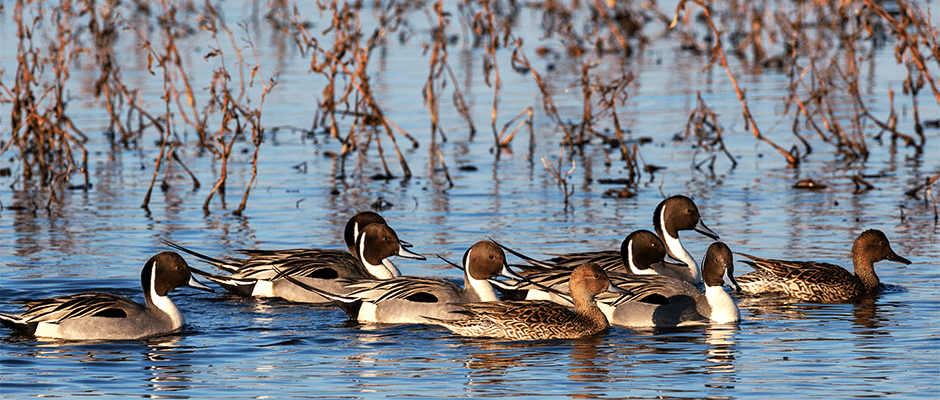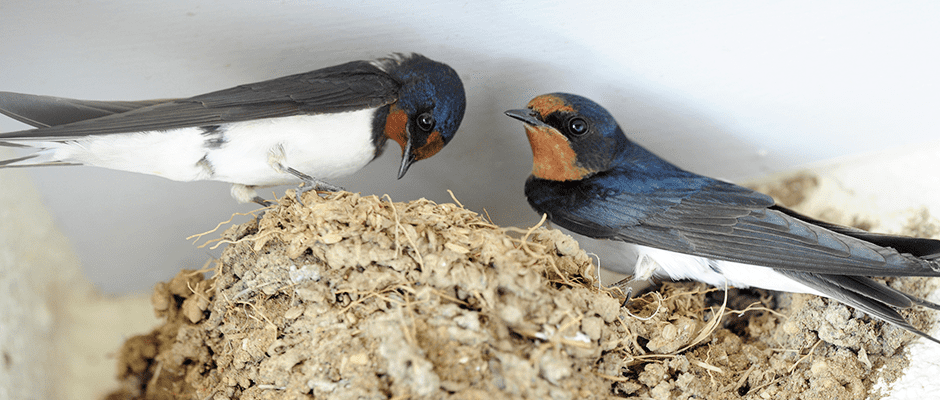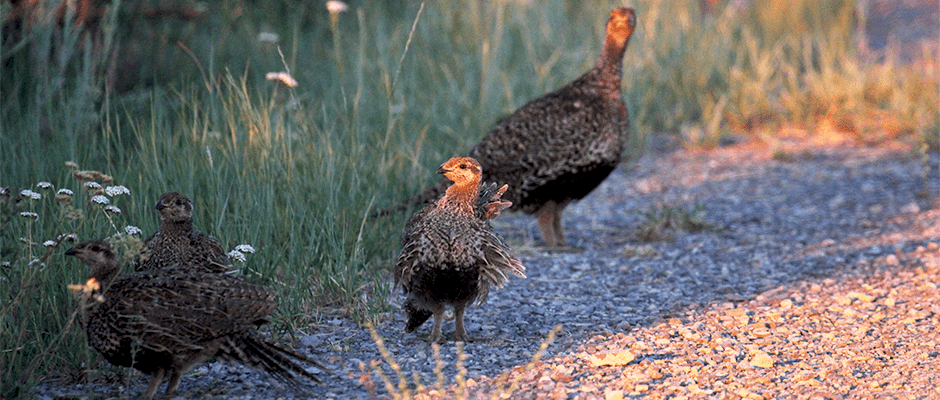Search Results for: The 1,000

Ducks’ chemical signatures point to importance of Canadian delta
Most people don’t know much about central Canada’s Saskatchewan River Delta, but new research analyzing chemical ratios in duck feathers highlights how this massive wetland between Saskatchewan and Manitoba serves...

USFWS releases first Refuge Annual Performance Report
The U.S. Fish and Wildlife Service has released its first Refuge Annual Performance Report — based on data published in the 2016/2017 Refuge Annual Performance Plan (RAPP). RAPPs compile data...

New wetland conservation grants approved under NAWCA
On Apr. 26, the U.S. Department of the Interior issued a press release announcing that the Migratory Bird Conservation Commission has approved $17.8 million in grants under the North American...

Fences best at reducing roadkill
The most effective mitigation strategy for reducing roadkill around the world is using fences, according to a recent meta-analysis. As part of a recent study published in the journal PloS...

Bridge net protects jets, swallows but keeps water flowing
The U.S. Air Force’s A-10 Thunderbolt is a special military aircraft, designed for close air support of friendly ground troops, low-level quick-action against enemy ground troops, and engaging armored vehicles. ...

Older golden eagles migrate slower to reach breeding areas
Golden eagles (Aquila chrysaetos) can migrate up to 3,000 miles from wintering to nesting grounds, taking advantage of updrafts to make the journey easier. Conventional wisdom says that older, more...

New model meshes small and large-scale population estimates
For decades, biologists have struggled to accurately count wildlife populations. They’ve had to combine high-quality data from smaller sites with less reliable information from broader areas. Recent research by Indian...

Surveying native bee species
There are close to 4,000 species of bees in North America. Bees are distinct from wasps and flies in that they are insects that collect pollen and nectar to feed to...

WSB study: Utah sage-grouse benefits from conifer removal
Across the greater sage-grouse’s range, conifers annually invade 60,000 acres of the bird’s sagebrush (Artemisia spp.) habitat. New research from northwestern Utah indicates that removing these trees boosts the success...

Kansas ranch conserves waterfowl
About five years ago, Wendy and Eric Dunn sold their facility management business in Wichita, Kan., to build a ranch for friends and family where they could hunt and enjoy...


